At this time of year, we see a predictable wave of children with respiratory challenges – such as asthma and bronchiolitis – coming to our Emergency Department for help.
Combating asthma symptoms
Summer provides relief for many children with asthma, and not being around classmates’ germs, some kids tend to back off their daily maintenance medicine because they feel healthy. But the disease is still there underneath the surface. Add new exposures to germs when kids go to back to school, and it’s the perfect storm: not enough maintenance medicine, and abundant triggers.
But there’s good news. Parents can help children combat asthma symptoms in a couple of ways: help them stay on a healthy medicine maintenance routine, and talk with their pediatrician about stepping up their care with additional medicine for the first couple of months of school to get them over that initial hump.
Beware of bronchiolitis
While asthma typically impacts families with preschoolers and school age children, parents with infants should be on the lookout for symptoms of another respiratory illness: bronchiolitis. That’s the other big illness we start to see this time of year and it often persists into early spring.
For most kids, the viral lung infection with frequent wheezing remains just a bad cold. But some get very sick and require critical care support in the intensive care unit.
While older children and adults breathe through their mouth when their nose is congested, babies don’t. Babies will breathe through their nose no matter what. We often see infants in severe respiratory distress, and when we suction out their nose, suddenly they’re breathing easy. Simple things like using a nasal suctioning bulb shouldn’t be underrated for their ability to clear up symptoms.
Other treatments for bronchiolitis include using a humidifier in kids’ bedrooms, and giving them Tylenol or Motrin for fever. Also, remember that gravity is your friend – parents can put babies to sleep in their car seat to lessen their nasal mucus pooling in their throat causing coughing.
The bottom line is: be on the lookout for the symptoms of respiratory illnesses in your kids, and call your doctor if symptoms persist.
And don’t worry – some relief is in sight. We typically see the spike in respiratory illnesses decline around schools’ winter break. But that relief can be temporary – these conditions usually pick up again with gusto after kids return school in the New Year. That’s when we hope for a giant snowstorm or anything that keeps kids away from each other’s germs!
 https://riseandshine.childrensnational.org/wp-content/uploads/2025/03/beach-feature.jpg
300
400
Rise and Shine
https://riseandshine.childrensnational.org/wp-content/uploads/2017/11/childrens_riseandshine_logo.jpg
Rise and Shine2025-04-01 11:42:192025-04-01 11:42:19Spring break travel safety: Protecting your family during the measles outbreak
https://riseandshine.childrensnational.org/wp-content/uploads/2025/03/beach-feature.jpg
300
400
Rise and Shine
https://riseandshine.childrensnational.org/wp-content/uploads/2017/11/childrens_riseandshine_logo.jpg
Rise and Shine2025-04-01 11:42:192025-04-01 11:42:19Spring break travel safety: Protecting your family during the measles outbreak


 Robert Freishtat, MD, MPH, was a Senior Investigator in the Center for Genetic Medicine of the Children’s National Research Institute.
Robert Freishtat, MD, MPH, was a Senior Investigator in the Center for Genetic Medicine of the Children’s National Research Institute.




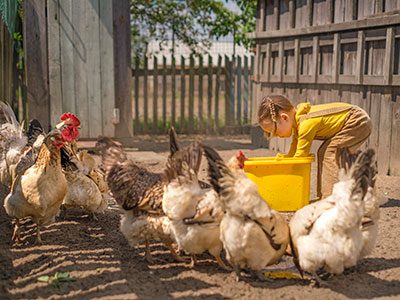
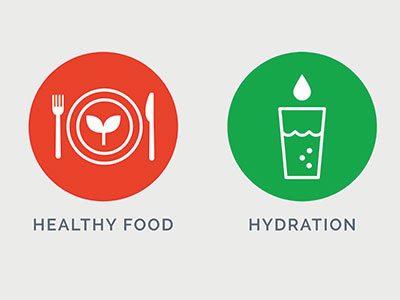
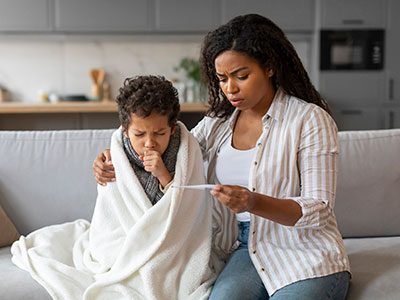



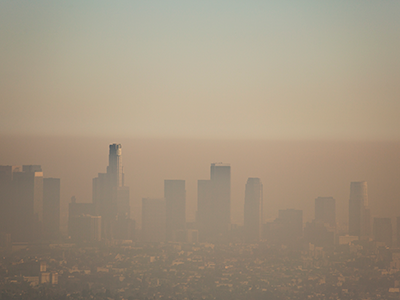


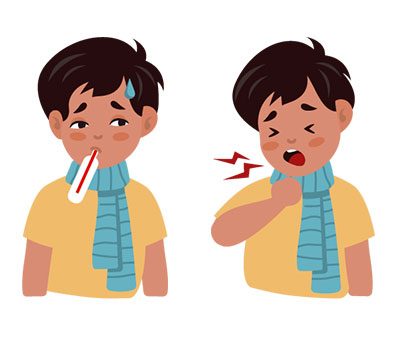

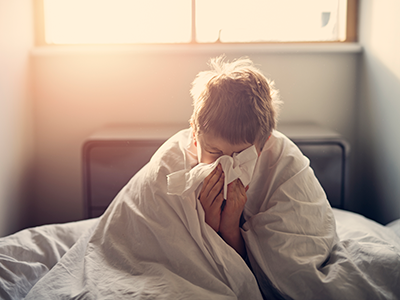
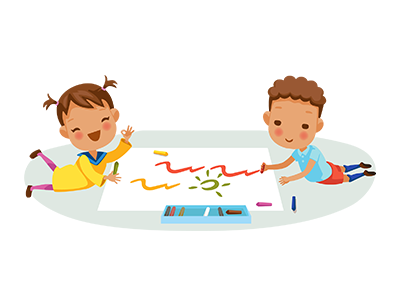

Leave a Comment
Want to join the discussion?Feel free to contribute!